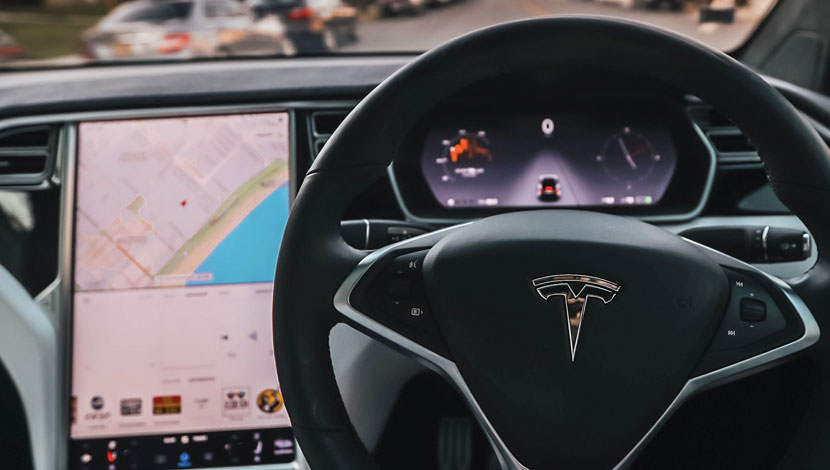The name you give something can change the way you look at it. If you think a car can drive itself, you expect it drives itself. While greenslips.com.au mainly says driverless, we also use autonomous, AVs, or self-driving cars. In fact, the name you give these cars matters more than you think.
Easy misunderstandings
When Tesla used the term “Autopilot”, many people thought the car drives itself – that’s what the name suggests. Only this year, a man crashed and died while watching a video because they relied on Autopilot to do the driving. Tesla says they should have had their hands on the wheel. That’s a long way from self-driving.
Researchers at AAA Foundation (US) explored what can happen when you change the name of a partially automated system from DriveAssist to AutonoDrive. Any suggestion the car could drive itself caused people to expect more of it, become passive and get easily distracted:
- 42% of AutonoDrive (4% of DriveAssist) group thought the car could avoid a collision
- 56% of AutonoDrive (27% of Drive Assist) group) said the car could reduce speed on a tight curve
- 42% of AutonoDrive (11% of DriveAssist) thought the name made the system sound more capable than it was.
Thatcham (UK) global research in late 2018 found nearly three quarters of drivers thought they could already buy a car that drives itself. (They named Tesla, BMW and Audi cars.) Alarmingly, 18% thought a car that can steer, brake and accelerate lets them “sit back and relax and let the car do the driving”. It’s just as well this was theory, not practice.
Levels of automated driving
In July 2019, we said it’s important to clarify what we mean by self-driving car. At the time, we meant level 5 automation, where no human driver is needed. But what exactly are those levels of automation?
The first two levels barely count as autonomy. Level 1 is driver assistance, like cruise control, and Level 2 is partial automation, such as steering and acceleration. People were fooled that even levels 1-2 were closer to autonomy than they really were. One commentator says this was the biggest source of confusion, rather than Tesla loosely using the phrase self-driving for Autopilot.
However, the next three levels are closer to it:
- Level 3 is conditional automation – vehicle drives but can ask you to take over
- Level 4 is high automation – vehicle can drive in a covered metro area, even if you don’t drive
- Level 5 is full automation – vehicle always drives itself and doesn’t need you.
Even so, these automation levels cause carmakers practical difficulties. Ford and Audi claimed in 2016 they did not know how to “responsibly manage” transfer of control from machine to driver and decided to skip Level 3 altogether. They were worried about their liability in a crash if the driver were negligent in resuming control of a Level 3 car.
These automation levels may be too complicated for most of us. It would be more useful – and safer – to know categorically whether a car can drive itself or not.
What do you call a car that drives itself?
The most common term is self-driving car, which shortens to SDC (or SDV for vehicle). However, Tesla has used this term to describe cars that are not self-driving. Other carmakers have used fully self-driving, which suggests partial self-driving is possible. Anything less than self-driving just causes confusion.
Another term is autonomous vehicle or AV. Autonomous derives from Greek autos, meaning self, and nomos, meaning law. It suggests the vehicle can drive and make its own decisions without direct human control. Dr Maarten Sierhuis, Nissan’s chief technology director says this is impossible, since a human has to be in the loop:
“Why do people think we can have millions of these vehicles just driving around and not needing any human interaction?… Show me an autonomous system without a human in the loop and I will show you a useless system.”
If we called them automated vehicles, that would not go far enough. Carmakers already automate many systems in cars but not enough that they are self-driving. Robocar sounds like a robot more than a car and may not have the right association for people.
Finally, driverless cars imply there is no driver but in fact, the computer is the driver. Computers are the drivers of thousands of everyday tasks, but we don’t call them humanless.
Name that car
If you were to name a car that drives itself, without human intervention, what would that be?
Until then, these autonomous cars are still a long way off. You are very much the driver and your car is still something you must drive and insure.


your opinion matters: